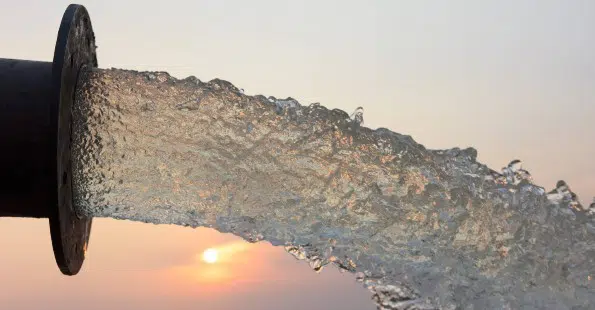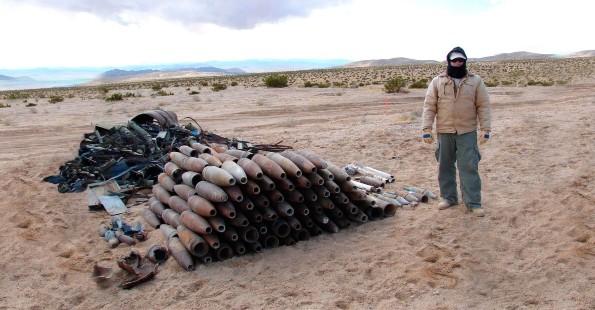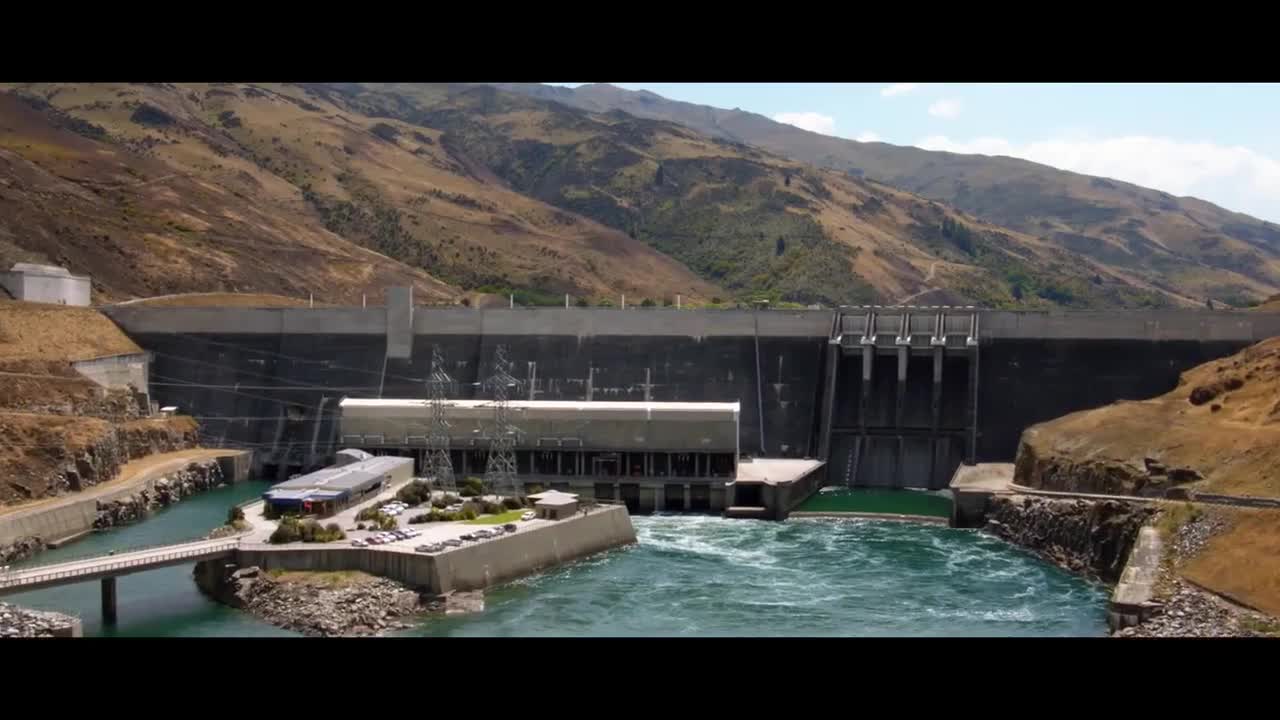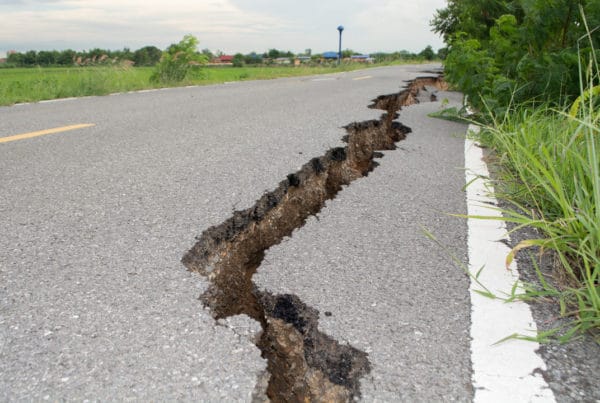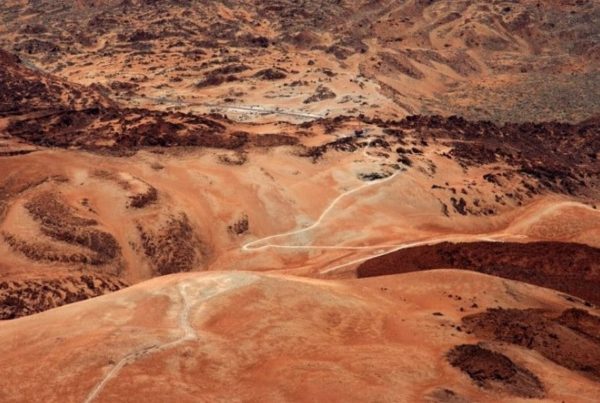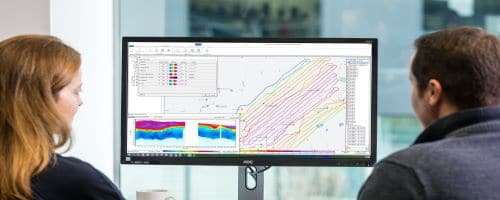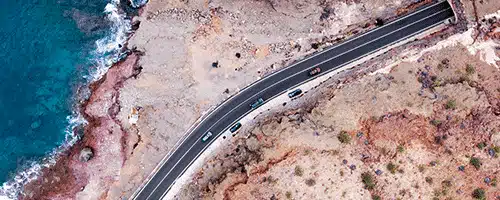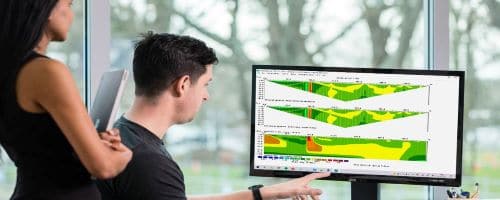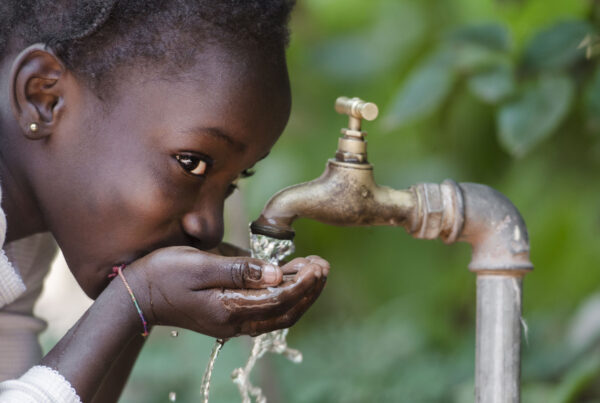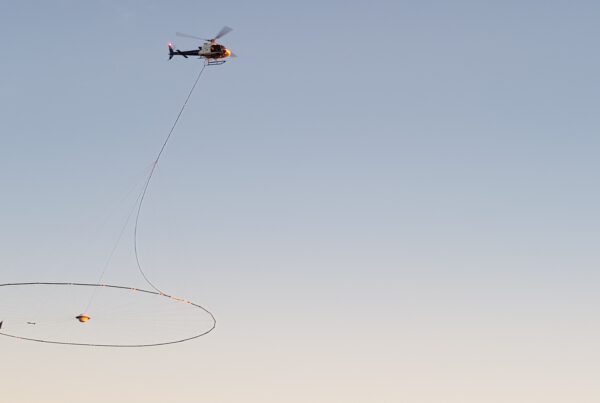From groundwater systems to contaminant migration, reliable data is the foundation of sound environmental decisions. But data alone isn’t compelling — what matters is how you interpret and communicate that data.
Seequent allows you to visually describe data with a model that evolves in near-real time. Our software will help you build and maintain defensible insights that underpin decision-making, so you can react to change rapidly.
